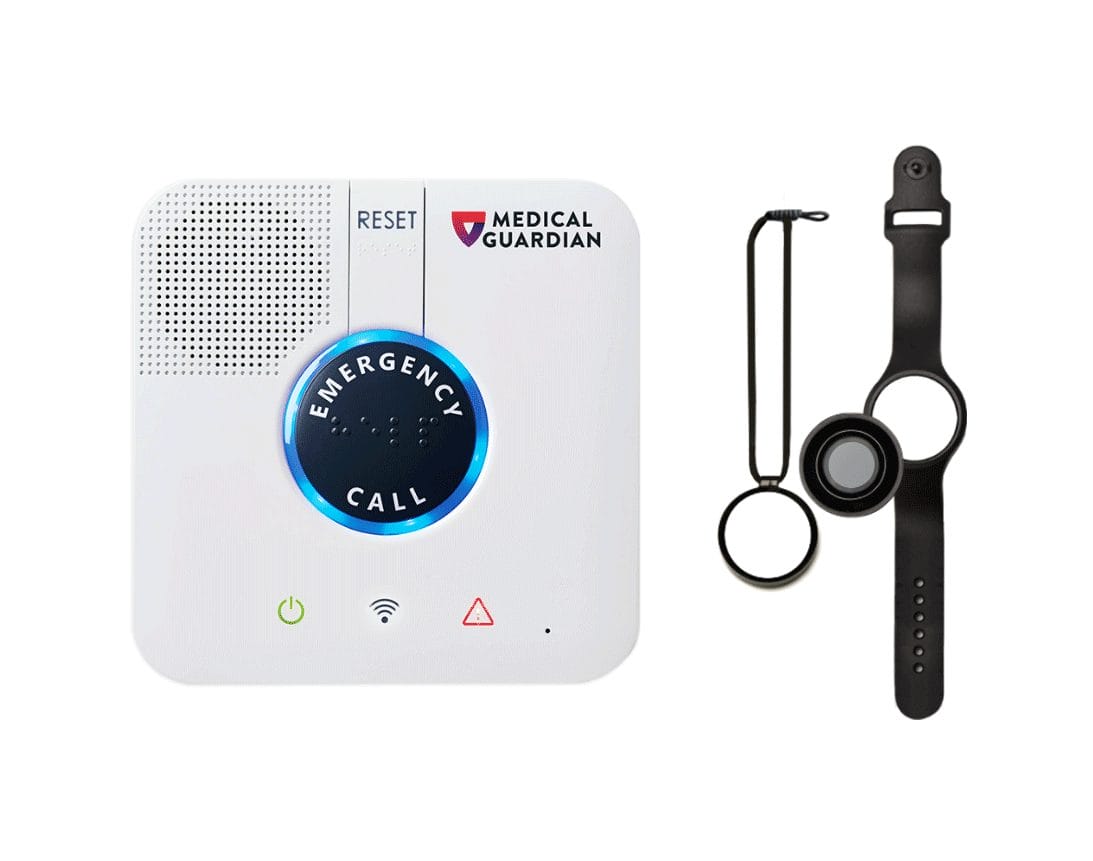
Planning how to pay for senior care is an important part of ensuring that your future needs are met and that you can manage the costs involved. Short-term care insurance, sometimes referred to as recovery care, is an emerging type of insurance policy that offers coverage for people who need temporary personal care assistance or a bridge between standard health insurance and long-term care coverage. Short-term care insurance (STCi) differs from long-term care insurance in that it provides coverage for a shorter period of time, typically a year or less. Choosing the right short-term care insurance policy takes careful consideration of key factors. Here, we offer tips for selecting and buying the appropriate short-term care insurance policy for you.
Evaluate your needs and situation
Before researching policies and providers, think about your care needs. Consider your age, health condition, family medical history, and any potential risks associated with your lifestyle. Also, determine whether you need short-term care insurance due to a specific event, such as an injury or surgery, or as a supplement to existing coverage. When you understand your needs, you can narrow down your options to best align with your situation.
Research insurance providers
Investigate the reputation and financial stability of providers offering short-term care insurance policies. Look at independent rating agencies and pay attention to the timely claims settlement and customer satisfaction ratings for each provider. A strong rating may demonstrate their ability to meet your needs. You can also seek out recommendations from trusted sources or other insurance professionals for reliable providers.
Find out the policy’s terms and details
Short-term care insurance policies vary in coverage. Pay close attention to the important elements of the policy to learn if it will cover what you want it to. Here are some aspects of short-term care policies and what to look out for:
Look for common services many policies cover
Short-term care policies should cover skilled nursing care, assisted living, rehabilitation, or home health care. Look at the policy’s coverage limits, waiting periods, and any restrictions on pre-existing conditions. Applicants should aim for policies that offer a comprehensive range of services to ensure their needs are adequately met.
Determine the benefit period and daily benefit amount
The benefit period determines the length of time the policy will cover your care needs. Be sure to evaluate how long the potential short-term care will be needed, whether it’s a few weeks, months, or up to a year.
You should also take note of the daily benefit amount. This determines the maximum coverage the policy provides per day. Striking a balance between an adequate benefit period and a daily benefit amount that aligns with financial capabilities and care requirements will yield the most value for the coverage purchased.
Find out the elimination or waiting period
Like other insurance policies, short-term care insurance often includes an elimination or waiting period, which is the length of time one must wait before the benefits kick in. During the elimination period, an individual must cover their care expenses independently. Understand how long you’ll have to wait, then look at your financial situation to determine if you can cover any expenses you might incur during this time frame.
Discover policy exclusions and limitations
Understanding the limitations of a policy will help identify potential gaps in coverage that you might need. Some policies may exclude certain medical conditions, treatments, or specific care settings. Look at these to determine if they align with your care needs. A clear understanding of what is covered and what isn’t can help you avoid surprises if you try to use the policy in the future.
Read and clarify policy language
The language for these policies can be complex and filled with technical terms. Take careful time to read the policy thoroughly in order to fully understand it. Go over the terms and conditions, coverage limits, waiting periods, and any other policy-related information with your potential provider. You should always feel comfortable contacting the insurance provider to address any doubts or concerns, and they should always be willing to discuss the details.
Compare premiums and affordability
Once you understand the policies you’re considering, it’s time to compare the prices. The premium is how much you’ll pay for the short-term care insurance policy. Review the premium payment options, whether you’re asked to make a one-time payment or monthly or annual installments.
Compare premiums from multiple insurance providers and assess the affordability in the long run. Remember, while lower premiums may seem attractive, they may come with limitations in coverage or higher out-of-pocket expenses.
Look for red flags
When dealing with any insurance company or broker, consumers should take note of provider behaviors or aspects of a policy that can be red flags.
- •An applicant shouldn’t normally get a call from someone they didn’t call first. The applicant controls where they shop, when they shop, what they’re shopping for, and who helps them.
- •If the agent or broker cannot answer basic questions about the policy or coverage, it might be a scam, or they may not know the policy well enough to sell you the proper one.
- •The applicant should never feel pressured to commit to a plan until ready. They should move only when they are comfortable that they have all the information needed to make a sound decision.
- •If a plan costs far less than any other plans researched, this could be a red flag. There may be a reason for this. For example, many benefits covered under other policies could be excluded from a lower-cost plan. Be sure to find out why the policy’s price differs so much from all the others.
The bottom line on choosing a policy
Selecting a short-term care insurance policy requires a thoughtful approach. By examining the factors above, you will be better prepared to make an informed decision. Anyone considering short-term care coverage should remember that the ultimate goal in choosing the right insurance policy is the peace of mind and financial protection that such a policy can provide. It’s worth the time and effort that goes into such a review to achieve this goal.








